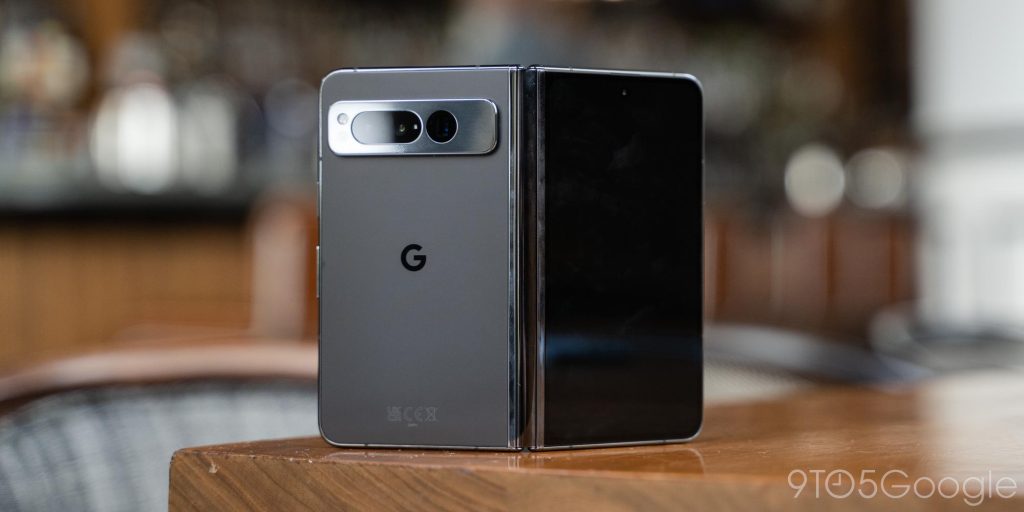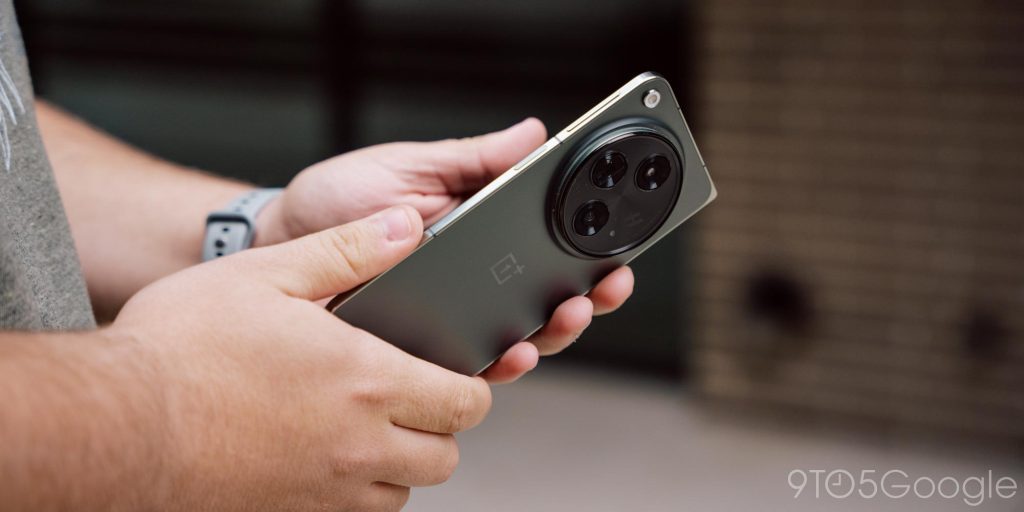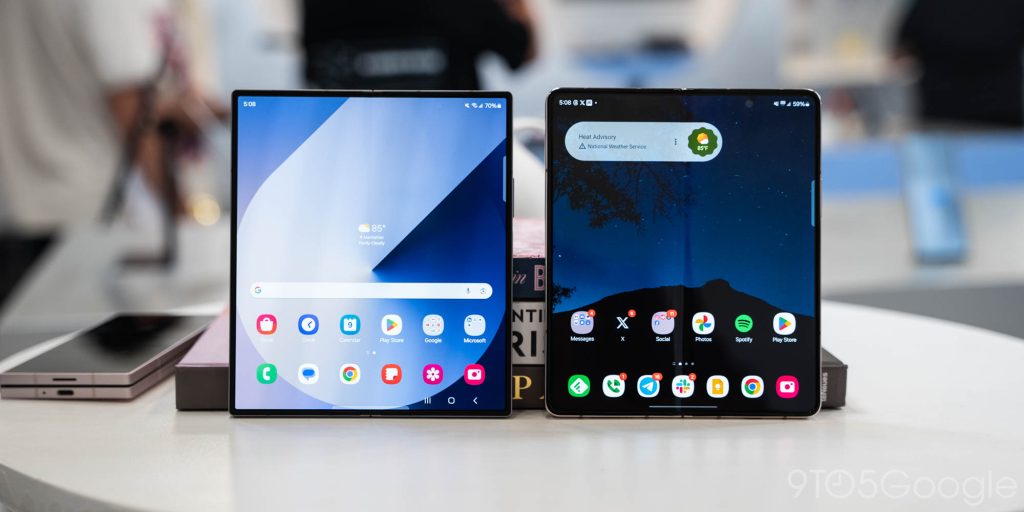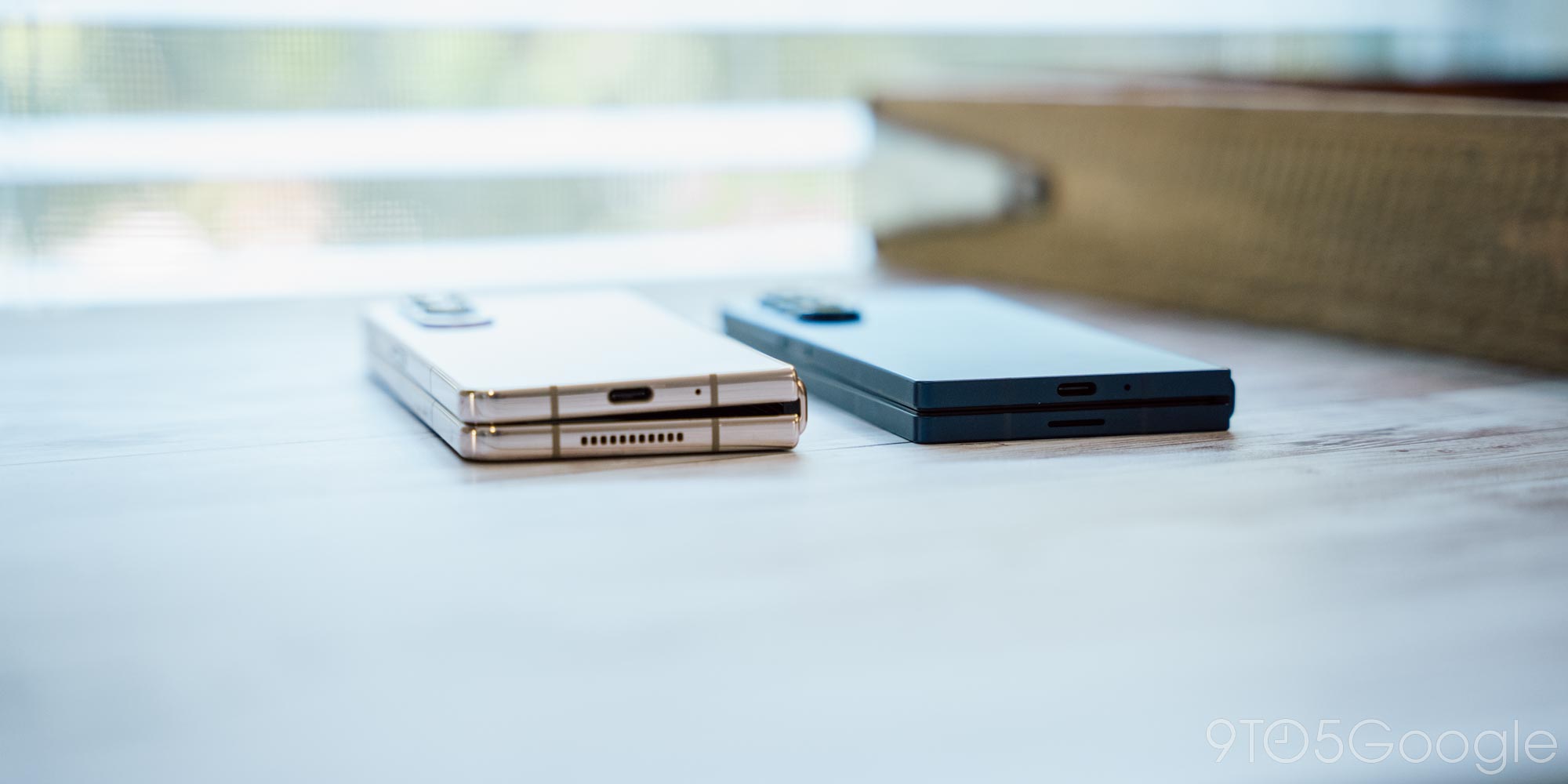Samsung Galaxy Z Fold trade-ins are what keep me as a customer

I’ve been a customer of Samsung’s Galaxy Z Fold series for a few years now, and there’s a reason I’ve chosen to continue to stick with the series, and that’s the ongoing value of Samsung’s tremendous trade-in values.
The Galaxy Z Fold series, like virtually the entire foldable market, isn’t cheap. A few years ago, I went all-in on the Galaxy Z Fold 2, paying out the better part of $2,000 after trading in my Galaxy S20+ for the foldable. And I was thrilled. The Fold 2 was one of my favorite purchases ever, and I was eager a year later to get in on the much-improved Galaxy Z Fold 3.
Right away, I felt the benefit of Samsung’s trade-in program for the Galaxy Z Fold series. My Fold 2 was trade-in for $900 off of the new device, taking its cost down to just over $800. Not bad for a one-year upgrade on bleeding edge tech! A year later, I repeated that with the Galaxy Z Fold 4, getting the iterative upgrade for $799 after trading in my Fold 3 which, at the time, I needed to do as I could tell the Fold 3 was on the brink of disaster.
But fast forward to today, and I’m still on that Fold 4. Why? Put simply, the Galaxy Z Fold 5 wasn’t worth it to me. Not only was it a super iterative upgrade, but Samsung’s trade-in values had dropped a bit. Coming into the Galaxy Z Fold 6, though, they’re back up, and I felt it was worthwhile to upgrade my Fold 4 to the new, and better device.
That’s all to say, I think trade-ins are the biggest factor in why I’m still using the Galaxy Z Fold lineup.
I think the idea of buying a new, nearly $2,000 device even every two or three years is absurd, but when you offer me $1,000 or more to do so, it becomes a whole lot more tempting.
And that’s despite the fact that, objectively, I believe other foldables are a better fit for me. The Google Pixel Fold has the software and the camera that I want. The OnePlus Open is, well, just objectively better in every single way. Better camera, better hardware, and arguably better software too.
But if I invested my money into either of those, I’d effectively be stuck shelling out a ton when it comes time for an upgrade. While we won’t know how Google and OnePlus truly treat their customers in terms of trade-in value until their respective next generations drop, it doesn’t sound good. When the Pixel 8 launched last year, Google only offered Pixel 7 users up to $420 to upgrade. OnePlus trade-ins from the 11 to the 12 max out at $400 too. I’m just not convinced that either brand would hand out nearly as much as Samsung has been for year-over-year or even an every-other-year upgrade.


And you know what? I hope I’m dead wrong. I hope both brands step up to the plate with killer offers.
All of that is to say, though, that I think trade-ins are a big factor for foldables. And you might ask, “who’s upgrading foldables frequently in the first place?” I think it’s a bigger number than we might assume. Realistically, I think we’re just getting past the point of foldables no longer being for just those eager to try out the latest and greatest. Despite being six generations in, the novelty of a foldable hasn’t worn off, nor has the inherent risk with getting in on a new technology.
The cost to move forward in foldables, I feel, is extremely important. And it’s something Samsung seems to know. The company says that most people buying its foldables are those who owned a previous generation. If most of your market is made up of existing customers, it totally makes sense to throw a whole lot of money at making upgrades feel compelling for them.
While Samsung’s competition continues to make products that are inherently better, no one is challenging the company (yet) in regards to long-term value.
That’s why I traded my Galaxy Z Fold 4 in for a Fold 6.
Source: 9to5google.com







